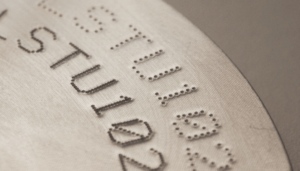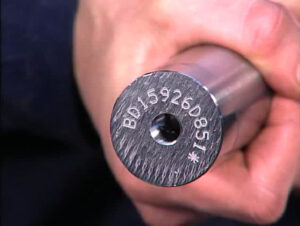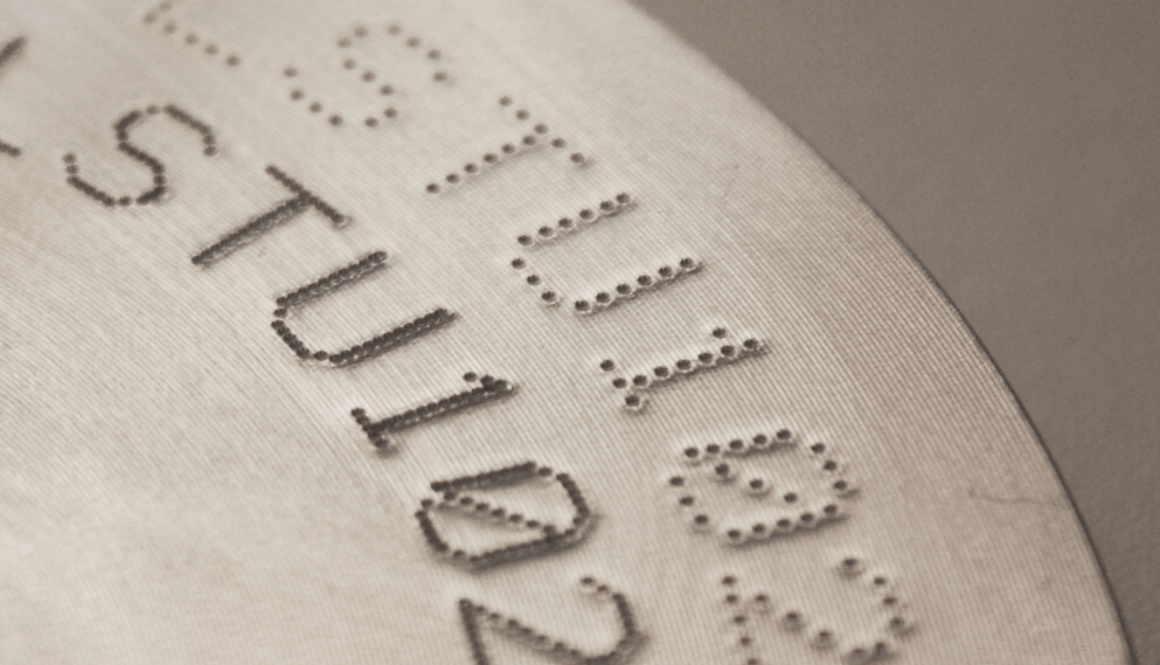Unlocking the Potential: Increasing Productivity with Automated Dot Peen Machines

In the rapidly evolving landscape of industrial manufacturing, the adoption of cutting-edge technologies is not just a trend but a necessity for staying competitive. Among these, dot peen marking technology has emerged as a cornerstone for a myriad of industries, underscoring its critical role in product identification, traceability, and quality control.
Dot peen machines, which use a carbide or diamond tip to permanently engrave surfaces with data, have become indispensable in sectors ranging from aerospace to automotive, and from metalworking to electronics. The precision, durability, and versatility of dot peen marking meet the stringent standards required for tracking components throughout their lifecycle, ensuring compliance with global quality and safety mandates.
As we delve deeper into the digital age, the transition from manual to automated systems represents a significant leap forward. Automated dot peen machines, in particular, stand at the forefront of this shift, offering a pathway to remarkable gains in productivity and operational efficiency. This blog aims to explore the transformative power of these machines.
Through automation, businesses can not only accelerate their marking processes but also achieve
- Unparalleled accuracy
- Consistency
- Reliability.
Dot peen marking technology, also known as pin stamping, has become an integral tool for industries requiring precise, durable, and traceable marks on their products. At its core, dot peen marking involves a pneumatically or electromechanically driven pin that rapidly indents the surface of an item with dots to create numbers, letters, logos, or 2D DataMatrix codes.
The technology can be implemented through either automated or manual machines, each serving different needs and applications. Understanding the distinctions between these two types of dot peen machines is essential for businesses aiming to optimize their marking processes. For more on machines that use electromechanics, consider this resource: https://www.technomark-inc.com/dot-peen-marking/.
Automated Dot Peen Machines
Automated dot peen marking machines offer a suite of benefits designed to enhance productivity and efficiency across various industries. By automating the marking process, these machines minimize the need for manual intervention, leading to significant improvements in speed, accuracy, and consistency of marks. Automated machines offer superior precision and consistency in marking, as the computer-controlled movement ensures each dot is placed exactly as intended, every time.
The integration capabilities of automated systems also allow for seamless communication with existing manufacturing databases, facilitating better traceability and quality control. Users can program the machine to carry out complex marking tasks with minimal human intervention, making them ideal for high-volume production lines.
Cost savings emerge not only from the reduction in labor costs but also from the decrease in rework and scrap rates, making automated dot peen machines a valuable investment for businesses looking to optimize their operations and maintain a competitive edge in the market.
These machines are designed to integrate seamlessly into existing manufacturing systems, enabling a more streamlined workflow. They can be connected to databases for automatic part identification and traceability.
For more information on a product that can be easily integrated into the production process:
Read about the M4 Inline.
Manual Dot Peen Machines
Manual dot peen marking machines present a cost-effective and flexible solution for businesses with lower-volume marking needs or those requiring customization for unique, irregularly shaped items. These machines allow for direct control by the operator, enabling precise placement and a personal touch that can be essential for bespoke or specialized applications.
The simplicity and ease of use of manual dot peen systems reduce the barrier to entry for smaller operations or those new to dot peen marking technology. Additionally, the lower initial investment compared to automated systems makes them an attractive option for businesses mindful of budget constraints while still benefiting from the durability, permanence, and versatility of dot peen marks.
This adaptability, combined with the capacity to mark a wide range of materials, makes manual dot peen machines a valuable tool for companies seeking an efficient, cost-effective method to enhance their product identification and traceability processes.
Manual dot peen machines provide versatility in application, as they are available in both a handheld and stationary model. These machines can be utilized to mark products of various sizes that are produced in differing production processes.
Suitable Materials and Surfaces
Dot peen marking technology is highly versatile and can be used on a wide range of materials and surfaces, including but not limited to:
Metals: Steel, aluminum, copper, brass, and gold. It’s especially popular in the metalworking industry for its ability to create deep, permanent marks that withstand harsh conditions.
Plastics: Certain types of hard plastics can be marked with dot peen machines, though the material’s hardness and composition might affect the quality of the mark.
Hardened Materials: Tools and components that have undergone heat treatment processes can also be marked effectively.
Painted or Coated Surfaces: Dot peen marking can penetrate thin coatings to mark the underlying material, making it useful for parts that are painted or have protective coatings.
Key Benefits of Automated Dot Peen Machines
Integrating automated dot peen machines into existing production lines is a matter of knowing what you need and ensuring it is in place for your production process.
Some of the considerations for making an automated dot peen marking machine part of your production line include:
- Security of WIFI connection
- Reliability
- Machine Size
- Material Compatibility
- Software features
Staff will need to be trained on interfacing with the new software and creating the part marking specifications on that platform, as well as the data transfer capabilities.
However, there are four benefits to discuss for integrating an automated dot peen marking machine:
- Increased efficiency
- Enhanced accuracy and consistency
- Improved traceability
- Cost savings
1. Increased Efficiency
Automation improves production time by streamlining the marking process. It is a much simpler matter to set and adjust the marking design with the software involved. Likewise, those steps can be taken by someone off-site if the occasion demands. Meanwhile, manual methods require in-person adjustment, which takes greater time and effort to match the precision that comes naturally with automation.
2. Enhanced Accuracy and Consistency
Automation means working with software to create logos and fonts in real-time. The immediate feedback and capability to adjust the mark means less human error. It also ensures uniformity in marking for the entirety of the order that is being marked.
3. Improved Traceability
Automated marking offers reliability for supply chain management and quality control. In the event a part needs to be identified due to issues or recalled, the marks created during the automated process are done quickly and efficiently to last over the long term.
4. Cost Savings
Investing in automated technology means reducing the number of staff needed on-site to handle things like marking design and adjustment. This also cuts down on the number of products that need to be remarked due to a user error.
Dot Peen Machines Increase Efficiency
The choice between automated and manual dot peen machines hinges on the specific needs of the production environment, including volume, precision requirements, and integration capabilities.
Regardless of the type chosen, the ability of dot peen marking to adapt to various materials and surfaces makes it an invaluable asset for industries prioritizing product identification, traceability, and quality control.
Interested in learning more about dot peen marking technology? Consider these resources from our blog library:


